The East Asian Museum in Stockholm is a cultural history museum focusing on Japan, China and other parts of East Asia. Last weekend we were here for the first time and checked out the exhibitions.
Table of contents
East Asian Museum
The East Asian Museum is one of the four museums of the 'World Culture Museums'. The other three are Ethnographic Museum in Stockholm, Mediterranean Museum in Stockholm and the Museum of World Culture in Gothenburg. Admission to the museums is free.
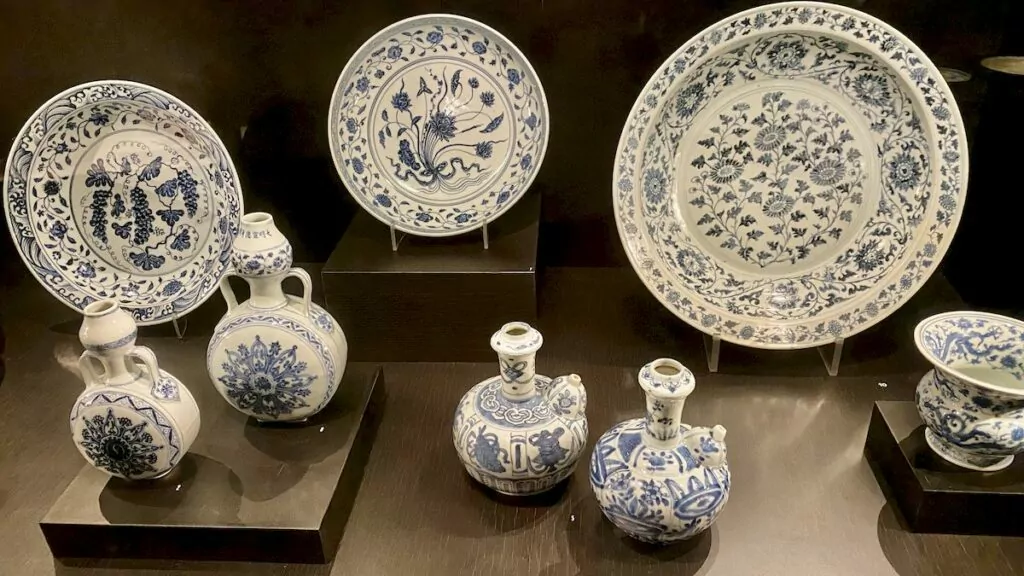
The East Asian Museum is located on Skeppsholmen in the centre of Stockholm, just after crossing the Skeppsholm Bridge.
Exhibitions at the East Asian Museum
When we visited the East Asian Museum, only the "regular" permanent exhibitions were on display, but sometimes temporary exhibitions are also shown. Recently, for example, there was "Boro - The Art of Distress", which has now moved on to the Vandalorum museum in Värnamo.
Japan - objects and pictures tell the story
The museum's Japan exhibition features over 400 artefacts, mainly from the Edo period (1615-1868). As usual, Japan offers a lot of mystery, from samurai to tea ceremonies.
Hiroshige I and Hiroshige II
In a small corner of the Japan exhibition, you can see works by two famous landscape artists. Hiroshige 1 was born in 1797 and his student, Hiroshige II, was born in 1826.
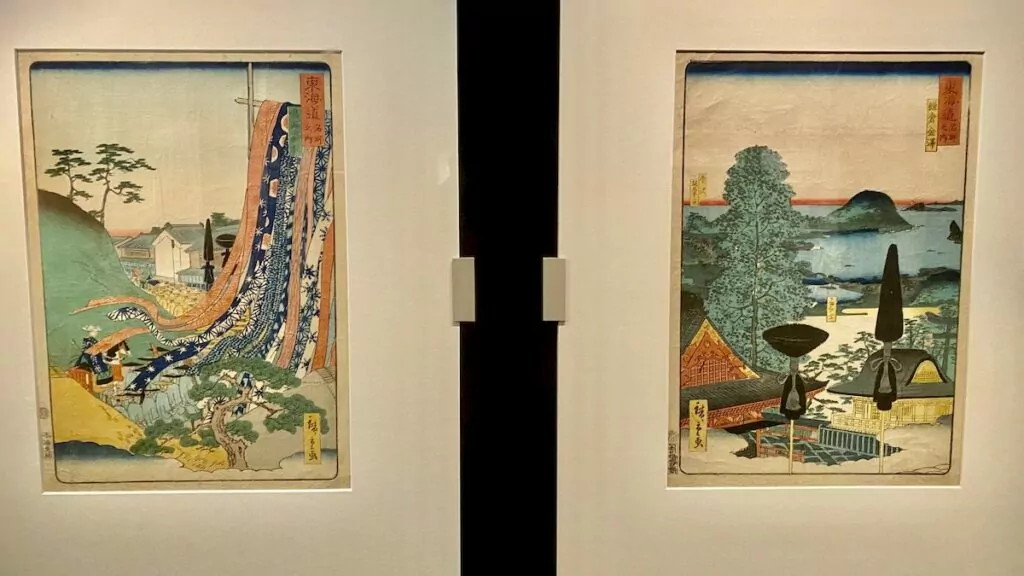
China before China
The 'China before China' exhibition is about the people who lived in East Asia for thousands of years before the rise of the Middle Kingdom. Nowhere else outside of China are there so many artefacts from this period, which is because the founder of the museum took part in an archaeological dig in China in the 1920s and was allowed to bring samples back to Sweden.
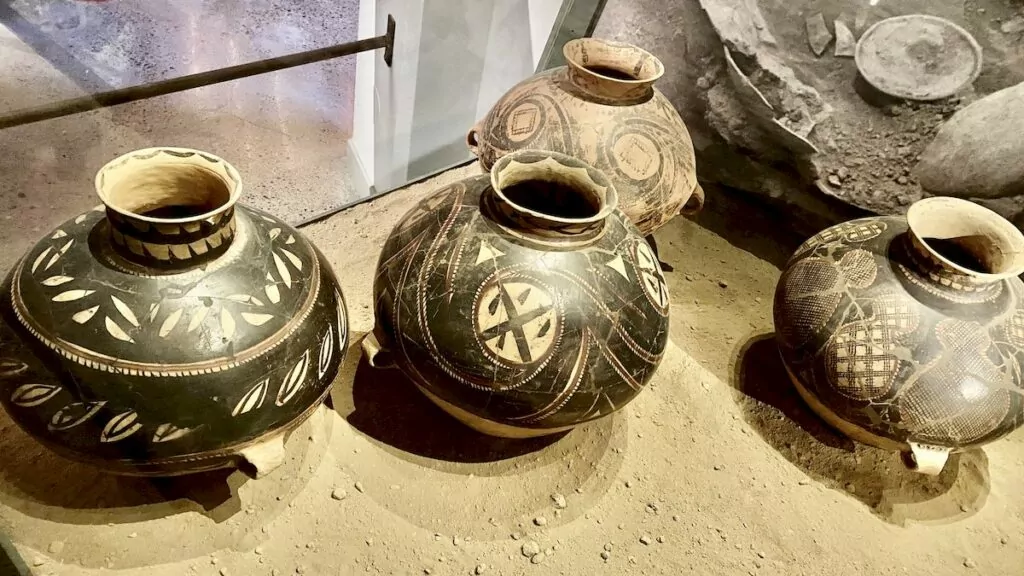
You can also sit down here to watch a film for a while.
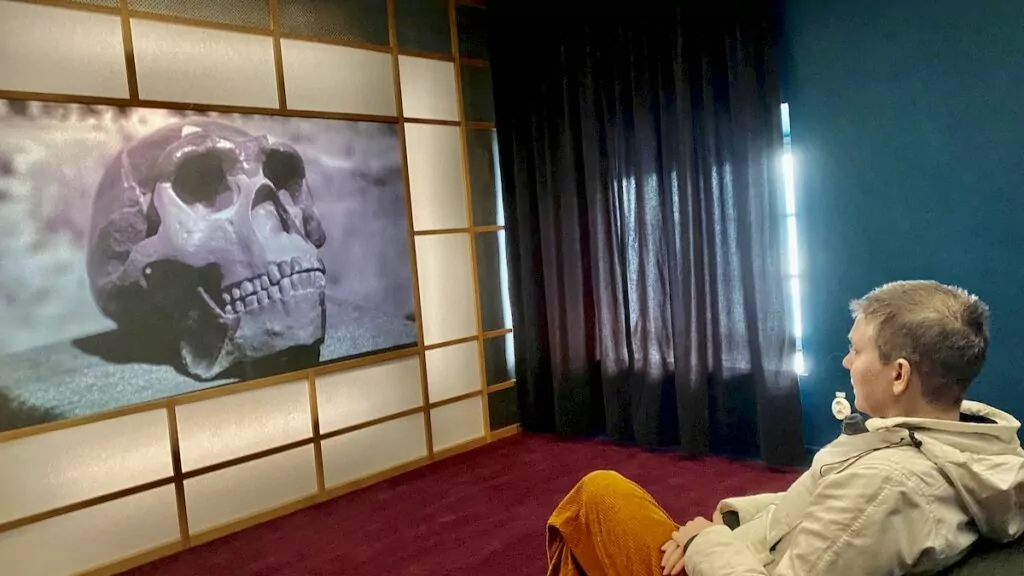
Middle Kingdom
The next exhibition on China starts in the Bronze Age and ends in the last Qing Dynasty at the beginning of the 20th century.
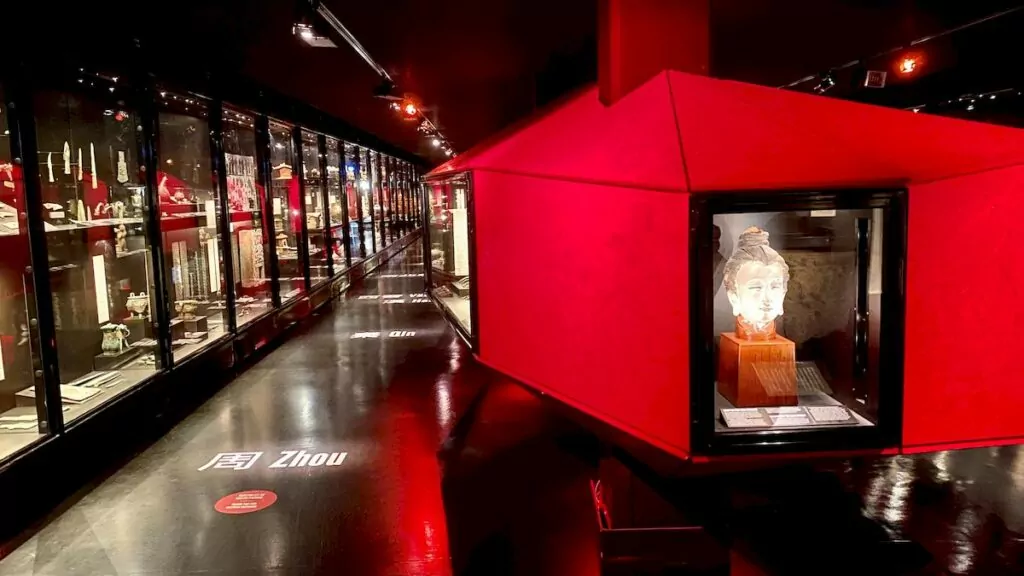
There are lots of beautiful and exciting artefacts from different dynasties. There is plenty of porcelain, for example, but we were particularly struck by all the objects in the shape of different animals.
China's book history
The East Asian Museum's large library of Asian literature features a small exhibition on the history of Chinese books, from inscriptions on oracle bones to printed scrolls. Interesting!
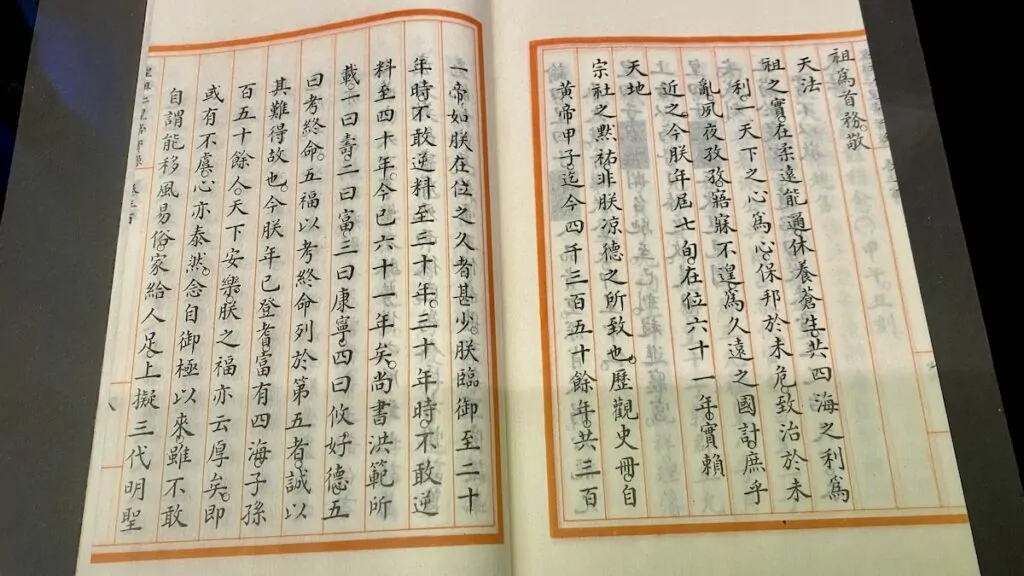
The Korea Gallery
The Korea Gallery is a small exhibition of artefacts - both old and new - and an insight into the history of the area. It's fascinating (and scary) to read about the history of the Korean Peninsula - a story of kingdoms, Buddhism, the Korean War and the current situation with South and North Korea.
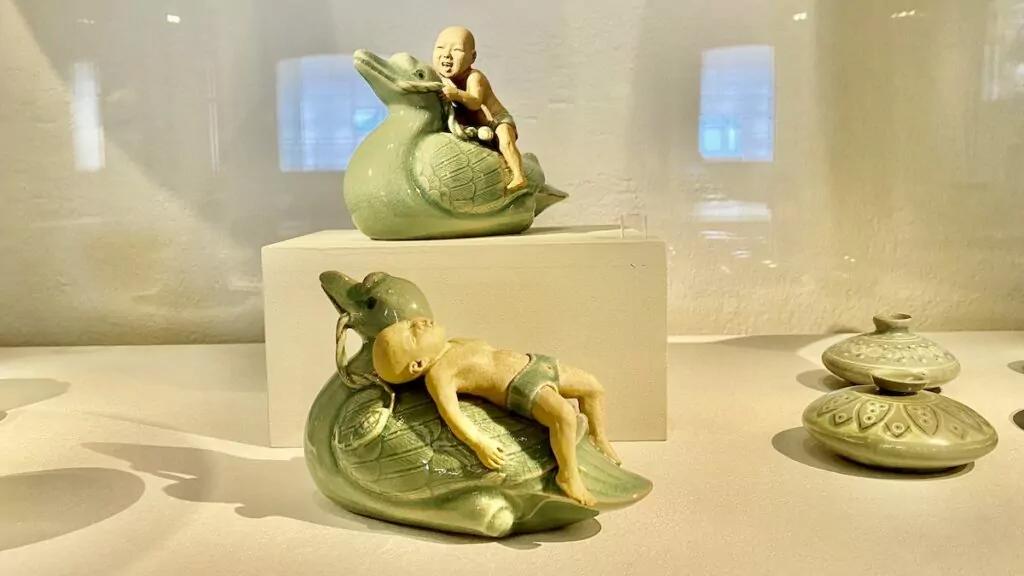
Our experience of the East Asian Museum
We enjoyed our visit to the East Asian Museum. Admission is free and you get a big dose of Asian mystique. However, the exhibits are quite traditional, with objects lined up in display cases, and it's not easy to absorb everything on your own.
If you want to have a really good experience, make sure you go on a guided tour. It can also be interesting to check out new temporary exhibitions.
More to see near the East Asian Museum
The Östastiatiska Museum is located on Skeppsholmen, where there are also three other museums: Moderna museet, ArkDes and Stockholm Toy Museum. Skeppsholmen is also a great place to walk around among all the boats and look out over Stockholm's waters.
Crossing the Skeppsholm Bridge brings you to Blasieholmen where the National Museum is located. Classic places like Kungsträdgården and the Old Town are not far away either.
Facts about the East Asian Museum
- Address: Tyghusplan 4, Skeppsholmen
- Municipality: Stockholm
- County: Stockholm County
- Landscape: Uppland
- Read more: You can find more information at the museum's website.
Tours and activities
- Views: Public tours are given at certain times.
- Activities for children: The studio is a place for creative children of all ages to create. You can also try your hand at boro (Japanese traditional textiles) or pick up children's trails (activity booklets) at reception.
Services and practical information
- Opening hours: Regular opening hours are Tuesday 11-20 and Wednesday-Sunday 11-17 (2022). Opening hours may differ on weekends.
- Prices: Admission is free. However, some of the museum's programme activities may require a ticket.
- Shop: There is a museum shop with Japanese and Chinese products.
- Library: Books in East Asian languages and more.
- Food service: There is a café where you can buy coffee and pastries.
- Storage: Large bags and umbrellas are left in lockers at the entrance.
- For families with children: Pushchairs can be taken into the museum. Stroller parking and changing rooms are available.
- Rules: Photography is allowed without flash, tripod and selfie stick. Only guide dogs are allowed on the premises.
Accessibility
- Entrance: The museum entrance is accessible via a ramp.
- Indoor accessibility: There are lifts to all floors. In some places, the light in the exhibitions is limited and may be perceived as dark.
- Toilets: There is an accessible toilet in the entrance.
- Customised views: Guided tours with a sign language interpreter and guided tours with tactile elements are available at certain times.
- Parking: There are car parks near the museum, including one for people with disabilities.


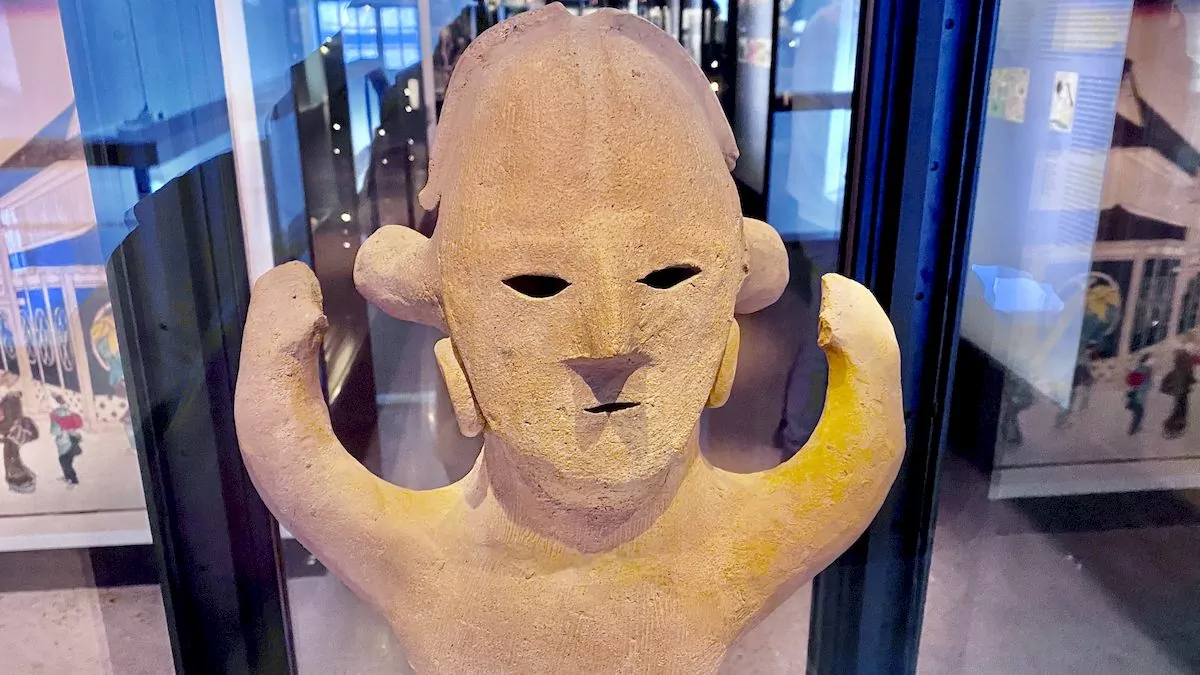






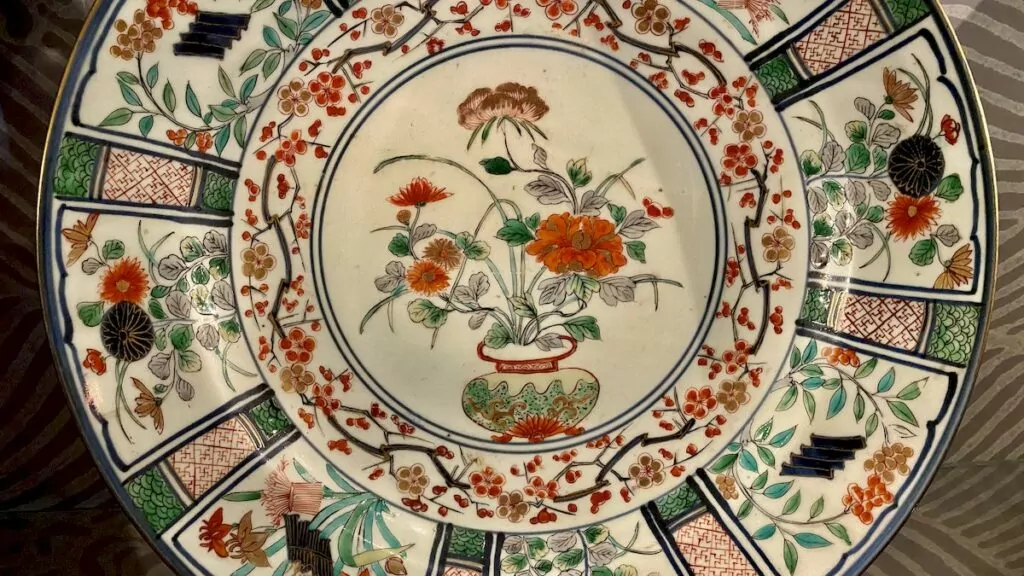
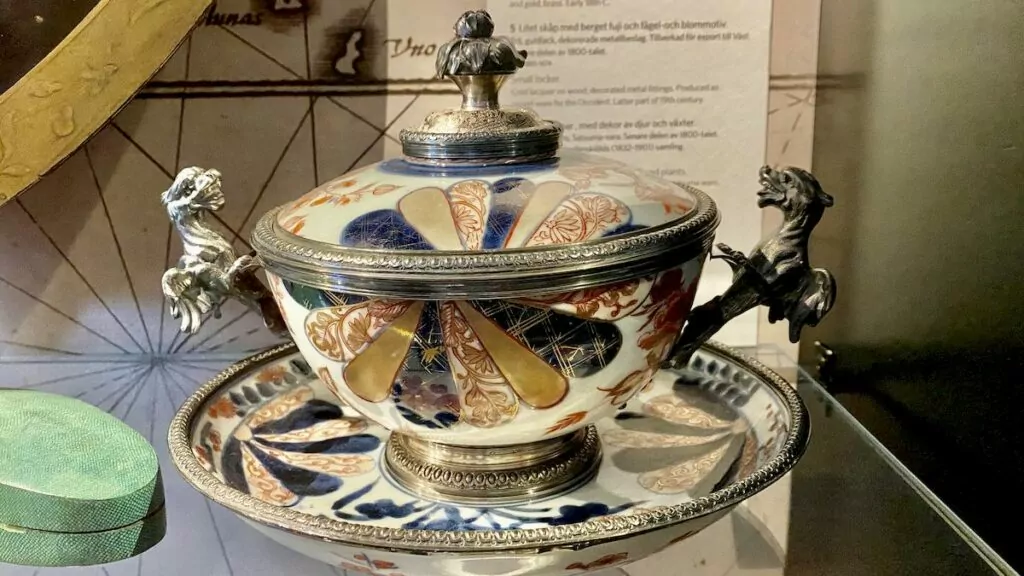
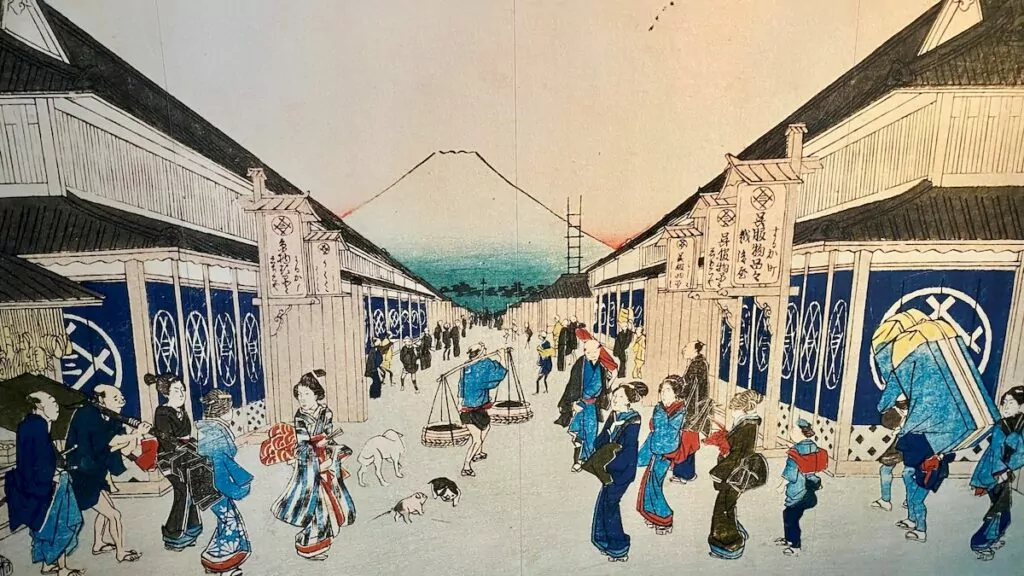
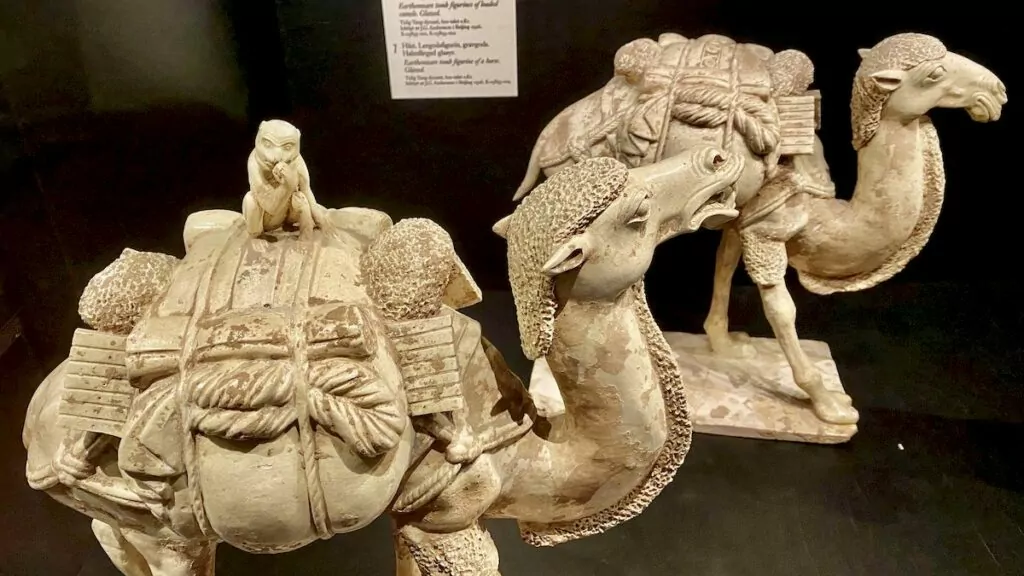
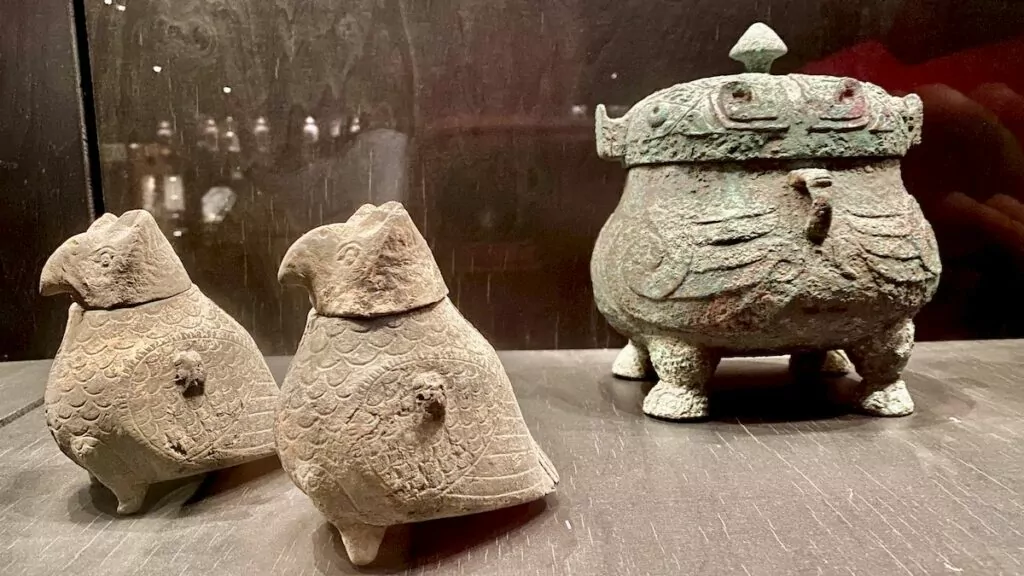
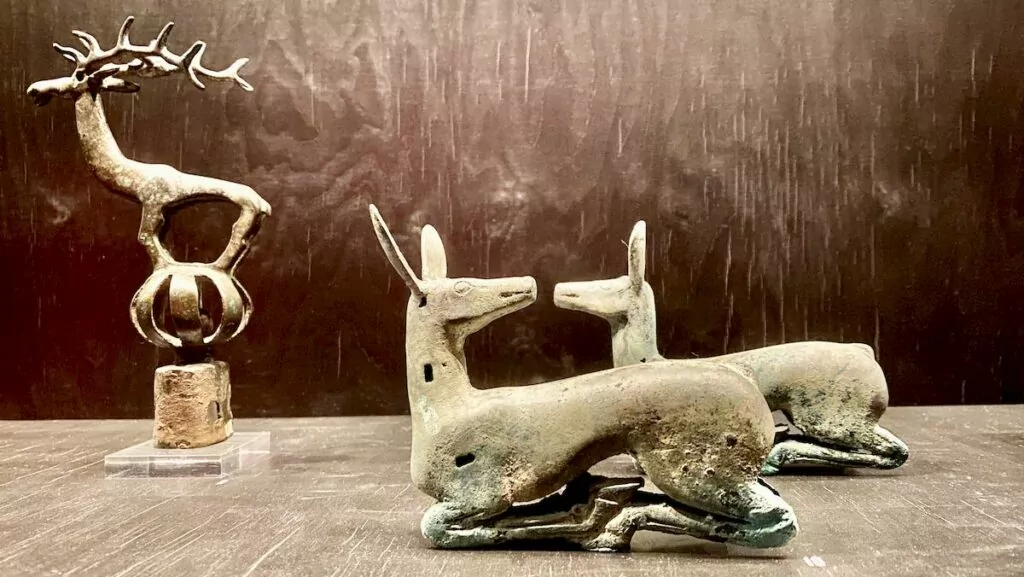
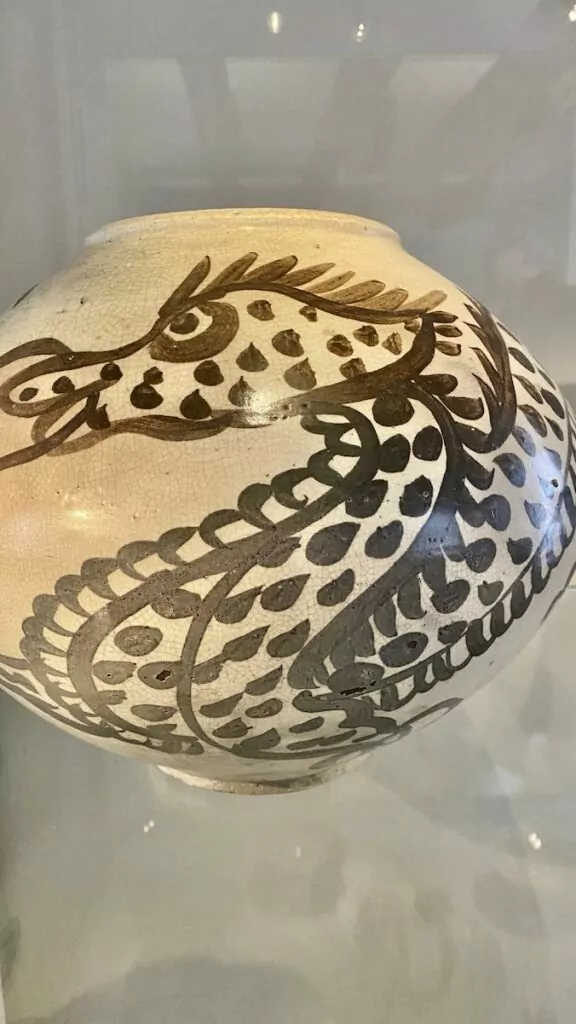
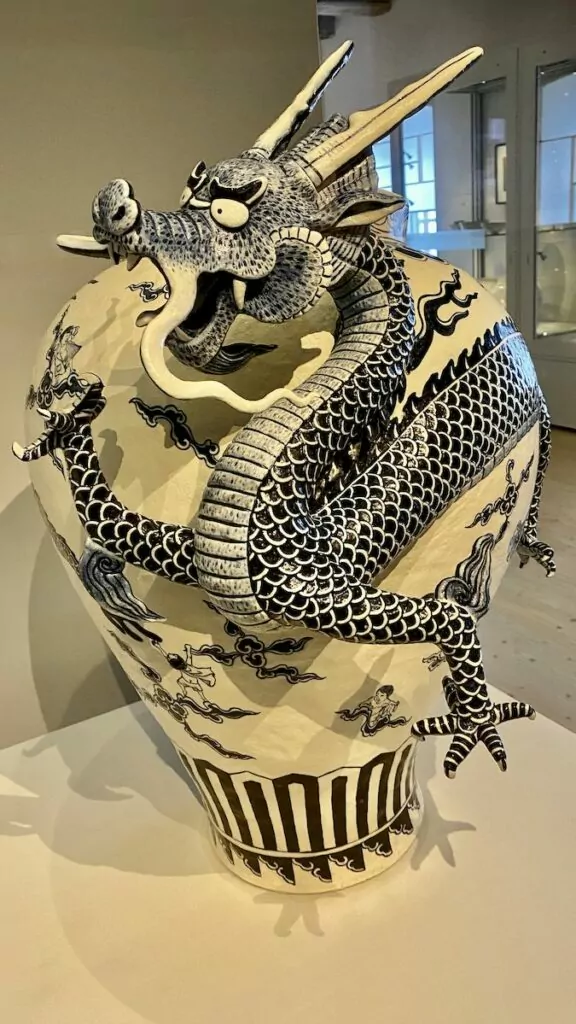
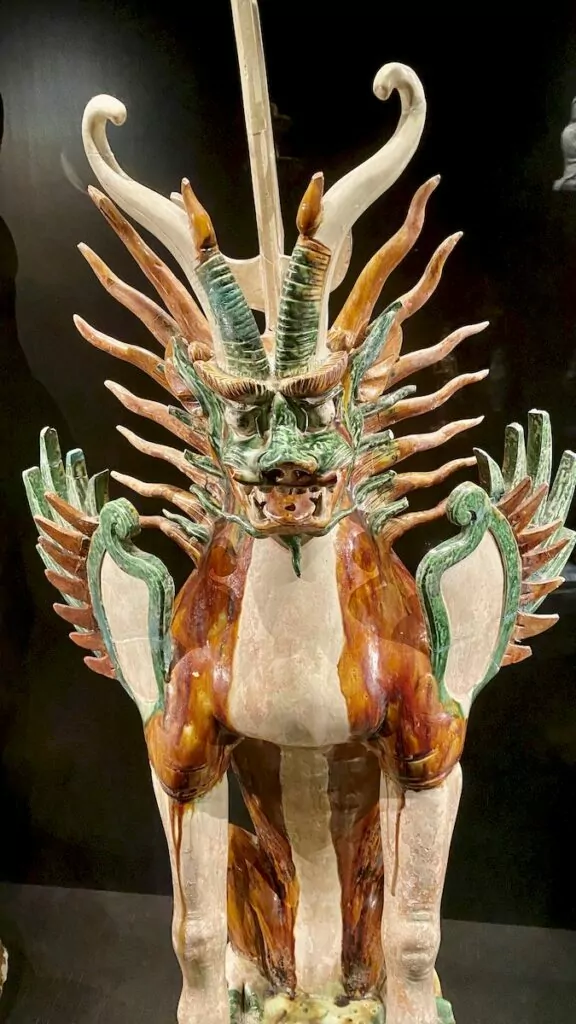
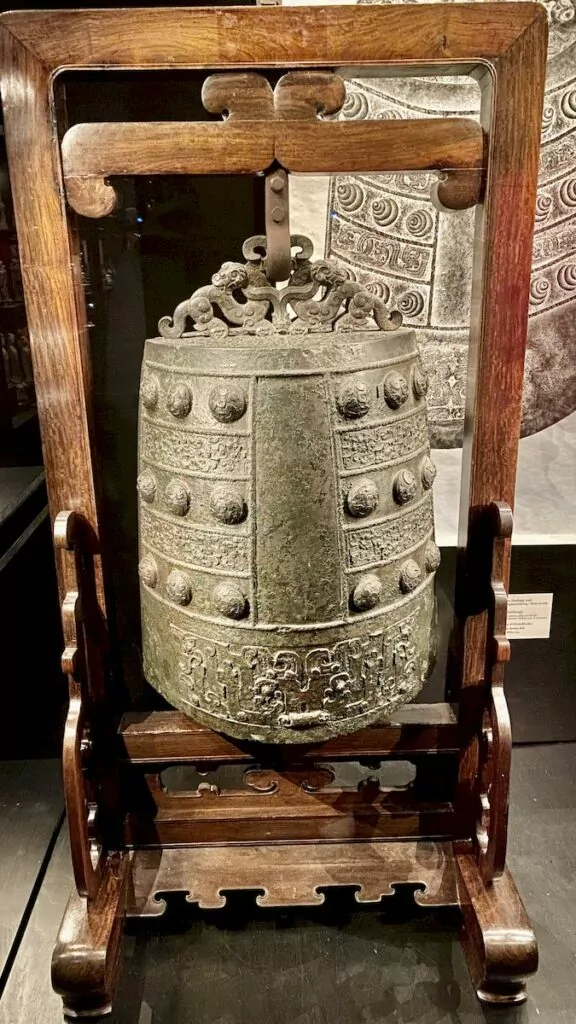
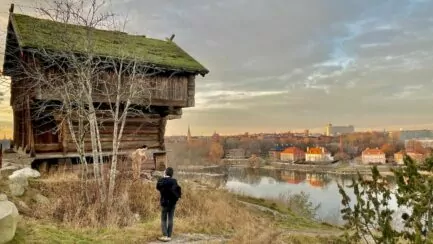
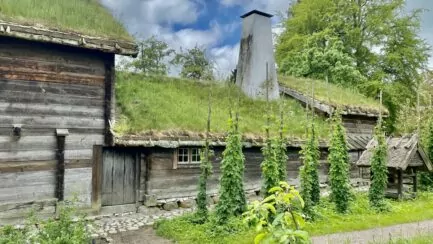
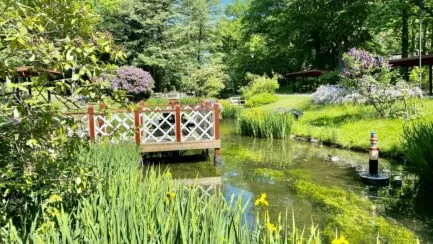
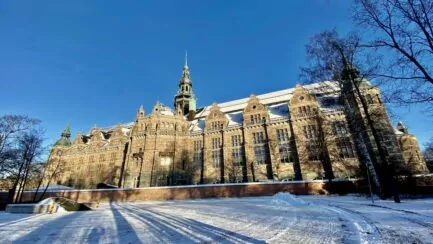
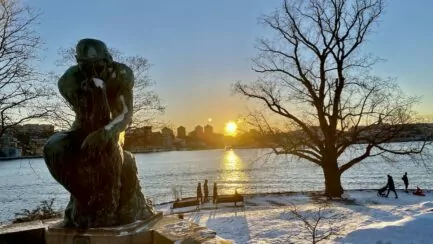
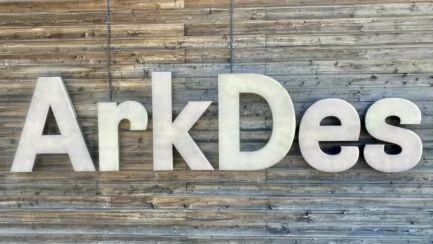



BP says:
Asian art is completely different from Western art. If you had gone on a guided tour, the mystique would have disappeared, so...;-)
09 April 2022 - 16:50
Helena says:
Haha, maybe that's true. But I still like guided tours, I must say 😉.
10 April 2022 - 8:56
Monica says:
A while ago, but I had to meet a colleague who ended up at SÖS instead and then I went to East Asian Studies, stayed here for a whole day, Yes, there was a visit from the terracotta army but after that visit I read and studied the history of China. And what I found connections and connections with the Bible's OT, looked at written language and when the smallest leaf was used for it and then some wood, etc. And everything can be read in the OT in addition to so many historical finds there are from caves with texts in the Middle East. Unfortunately, it is not known as China here in the public and no museum exists either. And now much is destroyed due to the 11-year war in Syria. Very interesting to take your time here.
10 April 2022 - 15:47
Helena says:
But wow, what a lot of exciting things you immersed yourself in! We can definitely understand you, when you start reading up on something, it just gets more and more interesting! I have actually seen the Terracotta Army, on site in Xian many years ago. Fantastic!
11 April 2022 - 7:13